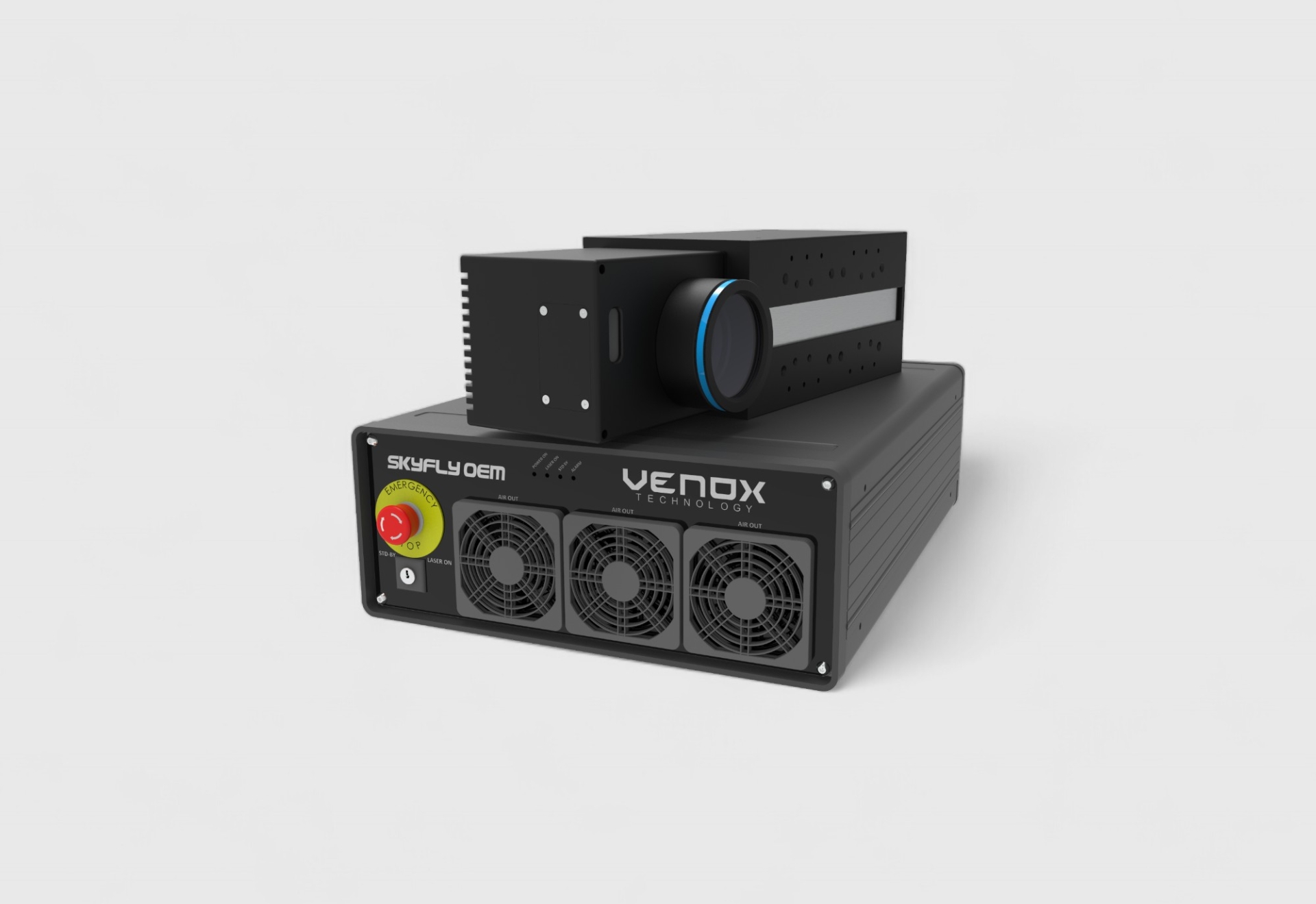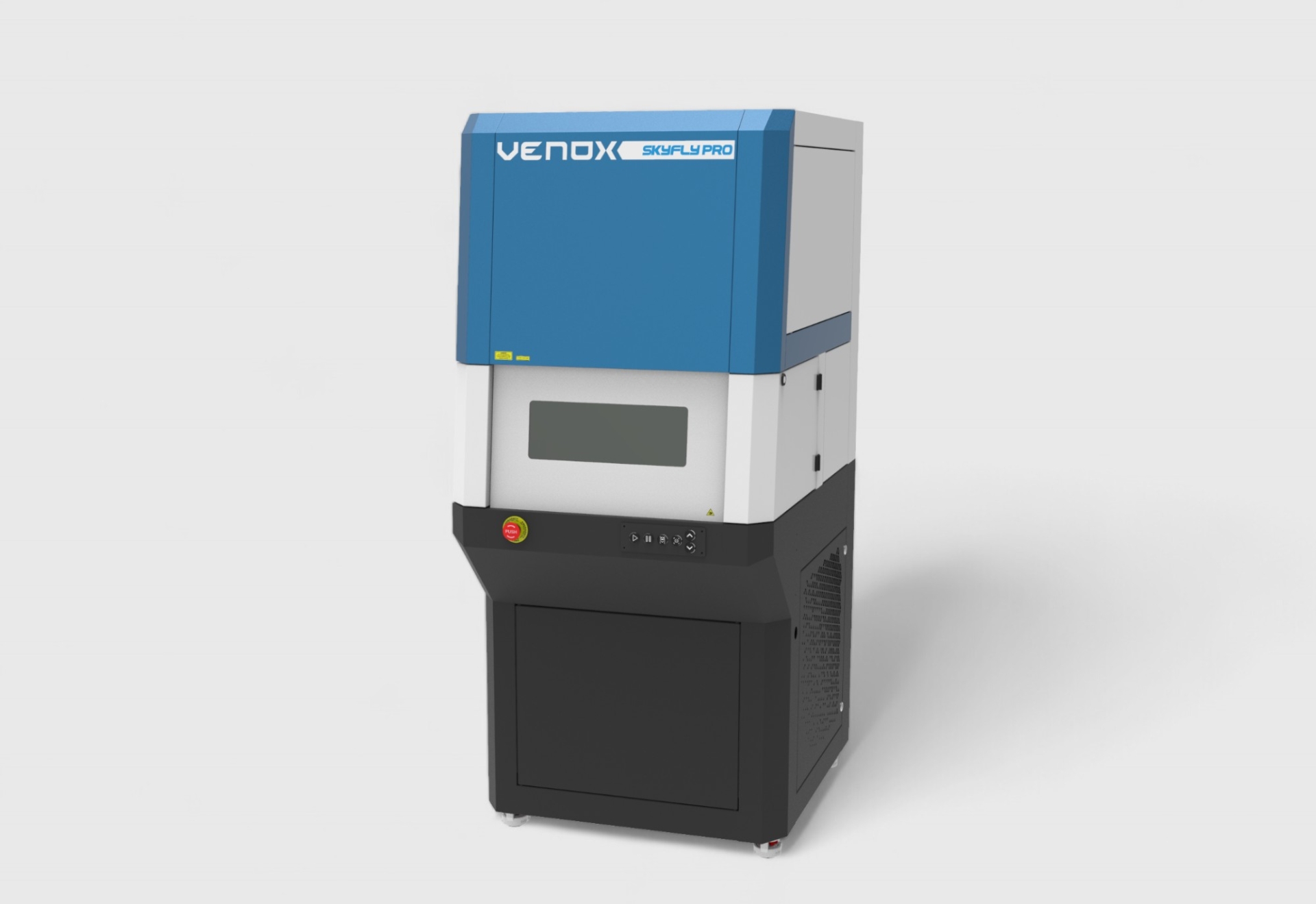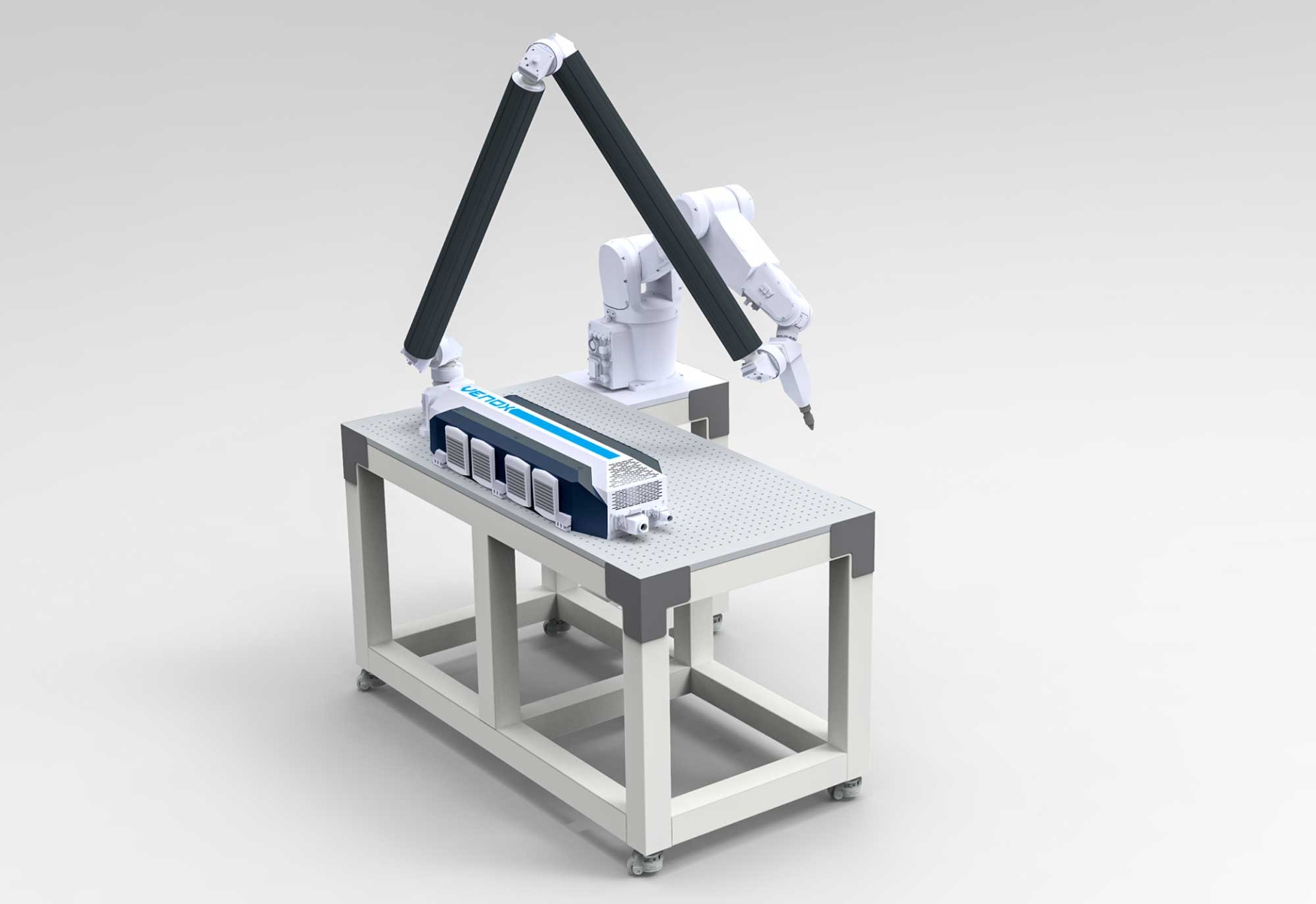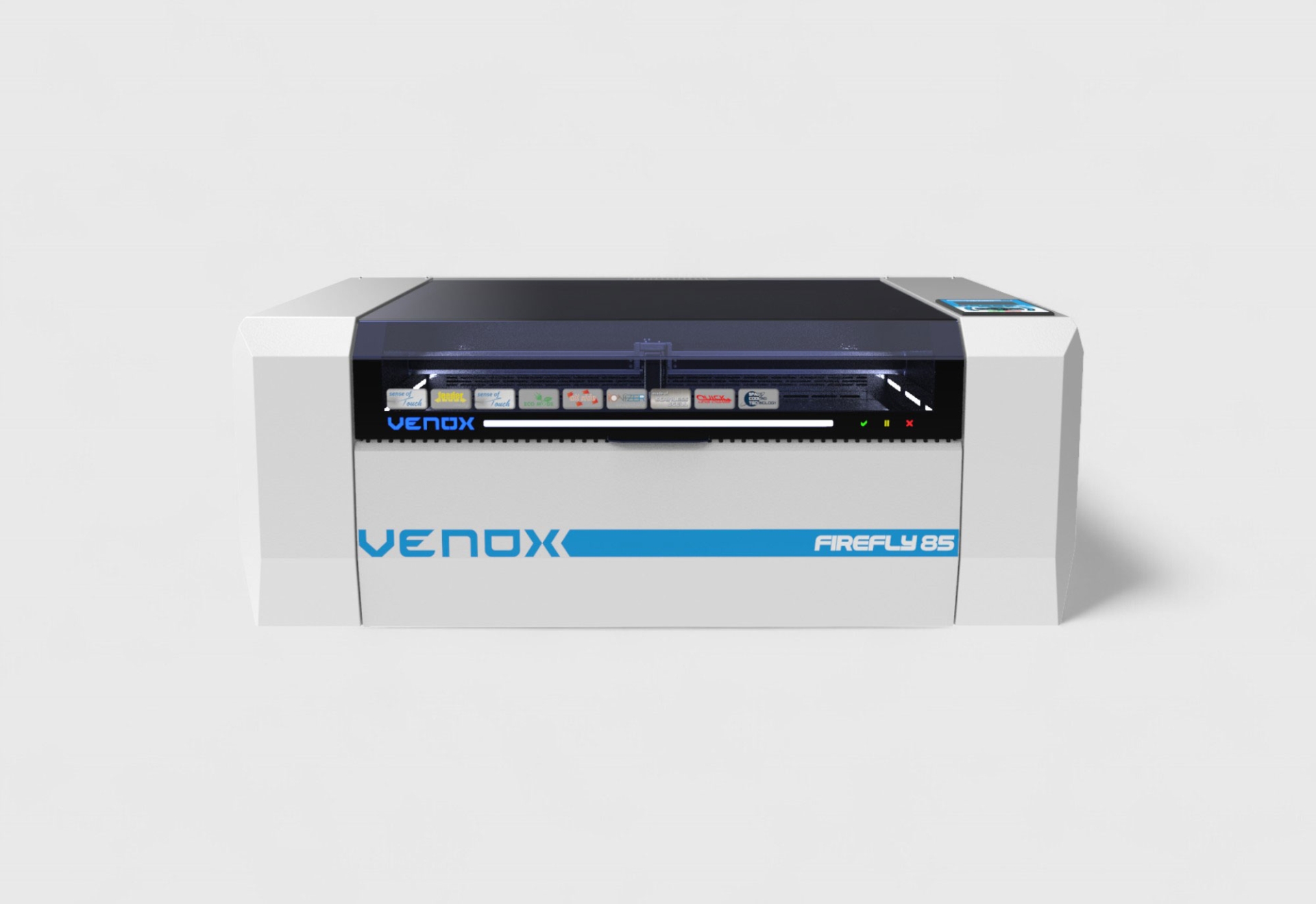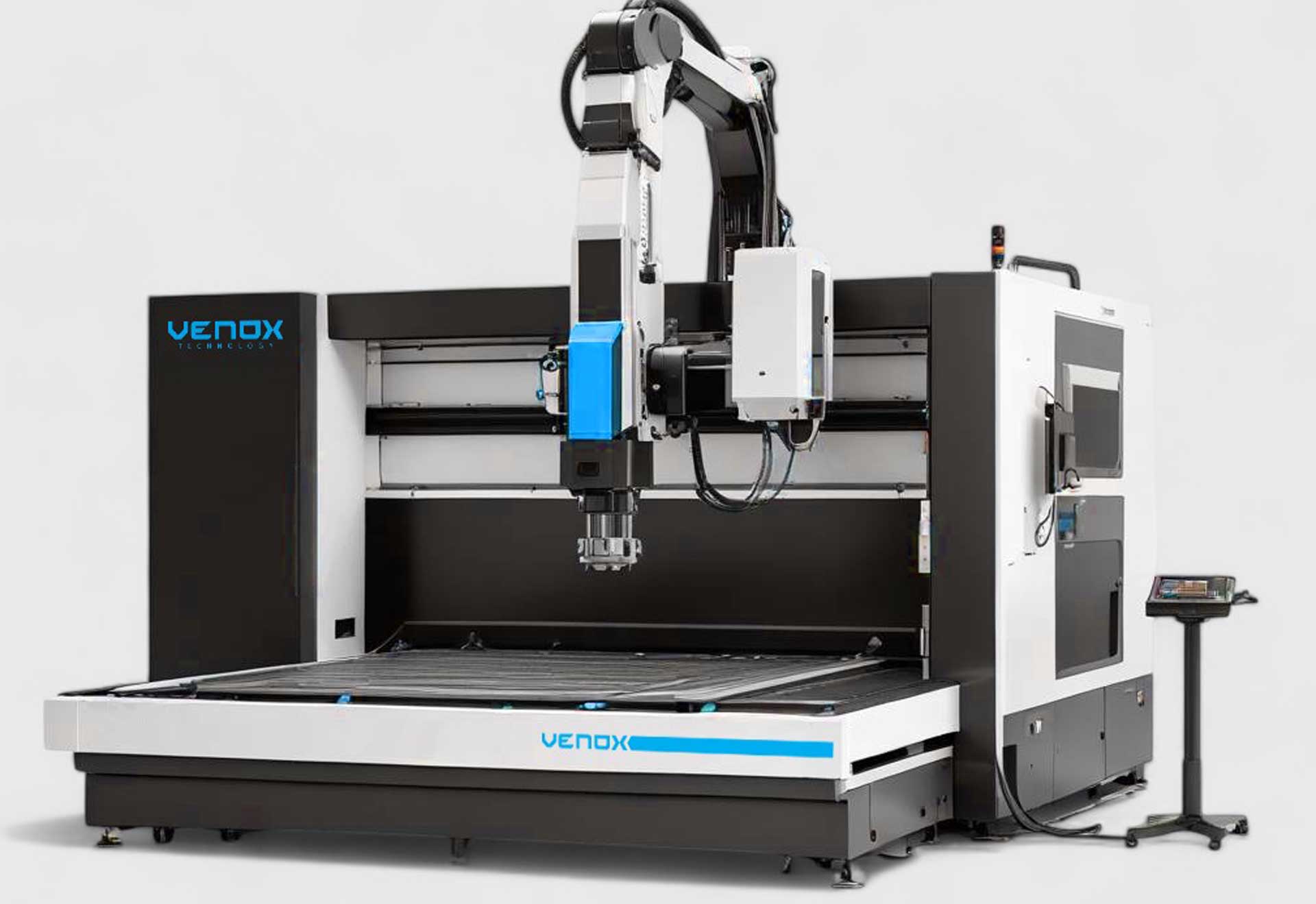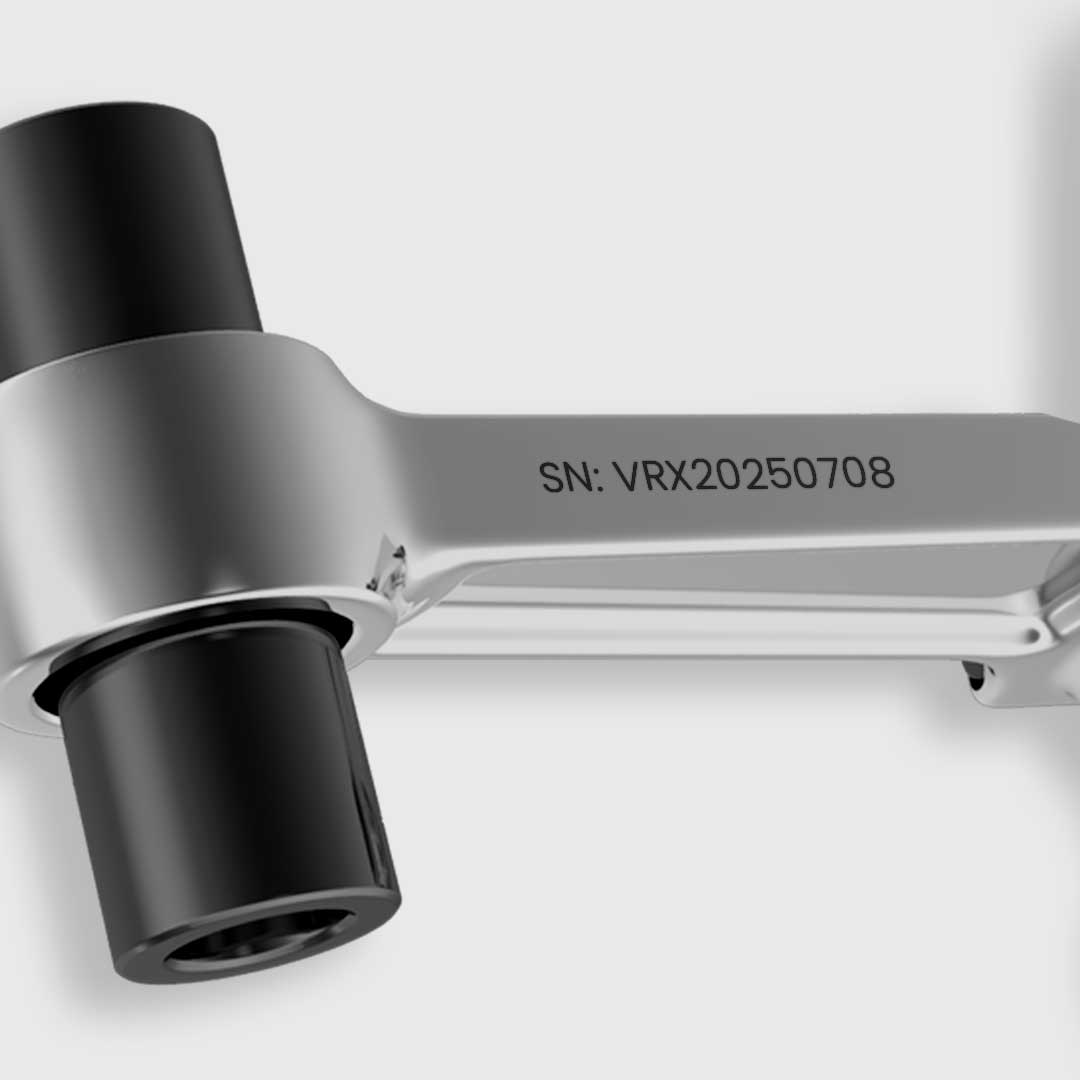What Is Metal Laser Marking?
Basic Definition
Metal laser marking is the process in which a concentrated laser beam creates permanent marks on metal surfaces through oxidation, melting, or ablation. This method is widely used in industry to apply serial numbers, QR codes, barcodes, logos, and text on metals.
Types of Lasers Used
- Fiber laser: Performs direct marking on metals such as stainless steel, aluminum, brass, and copper.
- UV laser: Minimizes thermal effects and provides highresolution marking on sensitive surfaces.
- Green laser: Used specifically for highly reflective metals (gold, silver).
Advantages of Metal Laser Marking
Permanent and Durable Marks
Laser-made markings are resistant to abrasion, chemical exposure, and high temperatures, preserving traceability throughout the product’s lifetime.
High Resolution
Barcodes, QR codes, and microtexts can be processed easily. This is especially important in the electronics and medical device sectors.
Environmentally Friendly Technology
No chemicals, inks, or solvents are used. It is therefore both eco-friendly and a lowcost marking solution.
Flexibility and Digital Control
Thanks to CAD/CAM-based software, any logo, pattern, or text can be applied quickly. Design changes do not incur additional costs.
Applications
Automotive Sector
Engine parts, chassis numbers, gear levers, and safety components are processed with laser marking, ensuring traceability and protection against counterfeiting.
Electronics and Telecommunications
Small metal parts, connectors, and PCB components can be laser-marked at the microscale.
Medical Devices
On surgical instruments, implants, and medical devices, laser marking provides permanent marks that withstand sterilization cycles.
Jewelry
Personalized marking can be applied to precious metals such as gold, silver, and platinum.
Metal Laser Marking Methods
Annealing
Creates a color change on stainless steel for highcontrast marking. No material is removed from the surface.
Deep Engraving (Engraving)
The laser beam removes material to produce deep marking. This method is preferred for heavy-industry parts.
Ablation
Removes the coating or paint layer to reveal the underlying metal.
Foaming
Generates microbubbles on the metal surface to create a light-colored mark.
Technical Specifications
Energy and Power Control
Fiber lasers are available in different power options such as 20 W, 30 W, and 50 W. Higher power is used for deep marking, while lower power is preferred for precision applications.
Marking Area
Various working areas are available, from the standard 110 × 110 mm up to 300 × 300 mm. For larger areas, moving tables can be used.
Software Support
With CAD/CAM-based software, dynamic data processing, barcode/QR code generation, and ERP integration can be achieved.
Quality Control
With integrated camera systems, the readability of codes can be tested after marking. This feature minimizes defective production.
Machine Selection Criteria
Material Type
The appropriate laser source should be selected for metals such as stainless steel, aluminum, copper, or titanium.
Production Volume
Compact machines are suitable for small-scale production, while inline laser marking systems should be preferred for high-volume production.
Resolution and Readability
For applications such as microtext and QR codes, highresolution fiber laser machines should be used.
Ease of Maintenance and Operation
Machines with durable optics and low maintenance requirements ensure long-term use.
